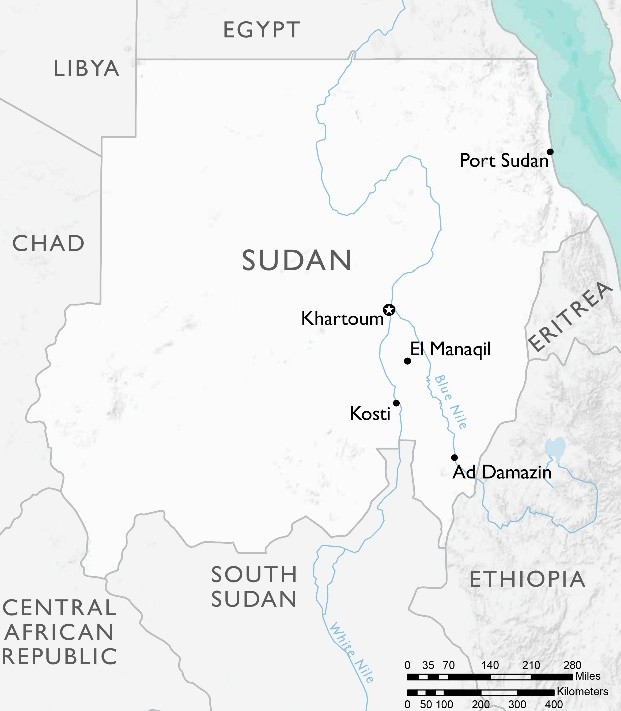Home » What We Do » Agriculture and Food Security » Food Assistance » Country Fact Sheets » Food Assistance Fact Sheet - Sudan
- What We Do
- Agriculture and Food Security
- Democracy, Human Rights and Governance
- Economic Growth and Trade
- Education
- Ending Extreme Poverty
- Environment and Global Climate Change
- Gender Equality and Women's Empowerment
- Global Health
- Water and Sanitation
- Working in Crises and Conflict
- U.S. Global Development Lab
July 27, 2017
Food Security Situation

- Sudan is one of the world’s least developed nations, with 4.8 million people requiring humanitarian assistance—including up to four million people who could require emergency food assistance through the lean season ending in September. Internal conflict in Darfur and South Kordofan and Blue Nile states has increased the number of internally displaced persons (IDPs) suffering from food insecurity in Sudan. Malnutrition remains prevalent. Two million Sudanese children under-5 are acutely malnourished, including 550,000 who suffer from severe acute malnutrition.
- An estimated three million people require humanitarian assistance in Darfur, with an additional 230,000 people in need in conflict-affected parts of South Kordofan and Blue Nile. Hunger and instability in neighboring South Sudan have also caused a major influx of South Sudanese refugees seeking humanitarian assistance, with over 410,000 arriving in Sudan since December 2013 and more refugees likely to arrive in the coming months
- Beginning in October, the Famine Early Warning Systems Network (FEWS NET) anticipates an improvement in household access to food due to the onset of harvests, increased access to seasonal agricultural labor and livestock products and a decline in staple food prices. By late 2017, food security in many areas of Sudan is projected to improve to Minimal (IPC 1) or Stressed (IPC 2) levels of food insecurity.* In the worst affected areas of Jebel Marra and South Kordofan, food security levels are expected to improve from Emergency (IPC 4) to Crisis (IPC 3) during the same period.
* The Integrated Phase Classification (IPC) is a standardized tool that aims to classify the severity and magnitude of food insecurity. The IPC scale, which is comparable across countries, ranges from Minimal (IPC I) to Famine (IPC 5).
Food Assistance Response
- USAID is the world’s largest donor of food assistance to Sudan. The Office of Food for Peace (FFP) partners with the UN World Food Program (WFP) and the UN Children’s Fund (UNICEF) to provide emergency assistance to the most vulnerable people in Sudan. Each year, FFP supports assistance for over 2.5 million food-insecure Sudanese, as well as South Sudanese refugees residing in Sudan.
- FFP and its partners work to save lives, reduce seasonal and protracted food insecurity, stabilize nutrition rates, and restore the livelihoods of vulnerable populations. Assistance includes ready-to-use therapeutic and supplementary food for acutely malnourished children, as well as in-kind food from the United States, locally and regionally purchased food, vouchers, and cash transfers for food-insecure populations.
Food for Peace Contributions
Total Contributions:
| U.S. Dollars | Metric Tons | |
|---|---|---|
| Fiscal Year 2017 | $104.3 million | 94,779 MT |
| Fiscal Year 2016 | $164.3 million | 133,865 MT |
| Fiscal Year 2015 | $164.2 million | 137,092 MT |







Comment
Make a general inquiry or suggest an improvement.